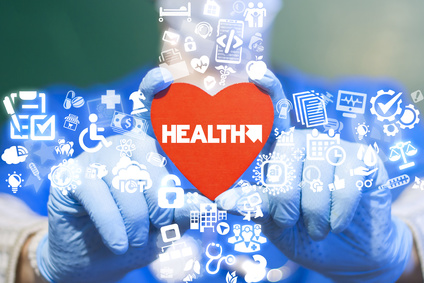
Explore Our Services
Learn MoreImmediately access patient medical information
Coordinate with other providers and communities
Improve Efficiency in care transitions
Enhance communication with patients and families
BUILDING A TECHNOLOGY SAFETY NET: TRANSITIONS OF CARE
Healthcare Information Technology Services: Healthcare reform enabled by technology has been a public policy priority in the United States since 2010. Billions of federal dollars have been invested in hospitals and doctors’ offices for the installation of computer hardware and software to support improved safety, effectiveness and efficiency of patient care. In return for this funding, payment reforms based on a shift from traditional fee-for-service to pay-for-performance models of patient care are being mandated by the biggest healthcare insurers, i.e., Medicare and Medicaid. Measurable, improved health outcomes and digital reporting are now required by federal regulation. Patients and providers have access to vast stores of data unimaginable only several years ago. The urgency to control costs and make healthcare available for everyone has contributed to a shift in emphasis from acute care provided in the hospital setting to care offered across a continuum of services throughout the lifetime of the patient. Wellness and preventive care, social determinants of health, management of chronic disease (e.g., diabetes, COPD, CHF), and collaboration and coordination of transitions, are components of care of the whole person and improving the health of communities. Improving the health status of patients and populations requires the integration of systems in both the clinicians’ place of business and care provided in non-clinician-oriented settings.
Technology holds great promise as an enabler for quality care, but it can also add complexity. Increased responsibility for monitoring, understanding and improving patients’ health status is a new role for long term and post-acute care (LTPAC) providers. Many are under-resourced as the focus of federal support thus far has been hospital based, yet they occupy a key place at the center of the modern care continuum. Well known challenges with existing technology include: workflow integration, usability, and user interface (UX). At the same time, the Centers for Medicare & Medicaid Services (CMS) and other organizations have developed performance measures for care transitions and are implementing them through various mandated and pilot programs.
Types of transitions of care include:
Communication between the transferring provider and the receiving provider is often flawed. Paper documents that summarize hospital course and patient treatment plans may be incomplete or missing. Electronic information systems are not typically interoperable, and protection of personal health information (PHI) may be of concern. Secure health information exchange (HIE) continues to be more of a promise that a reality today. Communication between providers and patients is essential for patient compliance with doctors’ orders, and technology can help streamline and improve it. An effective technology safety net also requires responsibility be taken by the patient to help close holes they could fall through. Workflow and patient lifestyles must be integrated with the tech tools to succeed. Cognitive or physical limits may prove particularly challenging for the elderly and hinder adoption of tech innovations intended to improve care and quality of life. In addition to shifting providers’ perspectives, patients and families must learn to take responsibility for their own health and wellness, and for building a health system that is coordinated from end to end.
Patient portals are one way to aggregate and share PHI, and require development, maintenance and education from providers and commitment from patients to work. Personal health records (PHR) can be maintained by the patient or family, keeping medications, test results and appointments accessible and up-to-date. Maintaining a PHR can facilitate the coordination of information from multiple providers provided in a variety of settings.

The technology safety net may also include connecting patients, families and care providers with a variety of communication platforms, including:
As the population continues to age and technology options explode, opportunities to improve safety and efficiency of care appear limitless. NCN Technology is ready to partner with you to develop solutions that benefit your business and your patients.